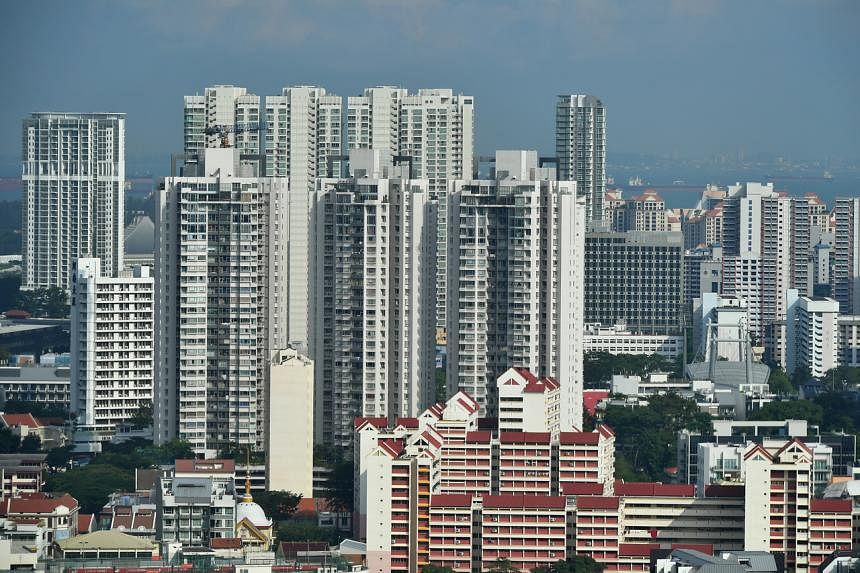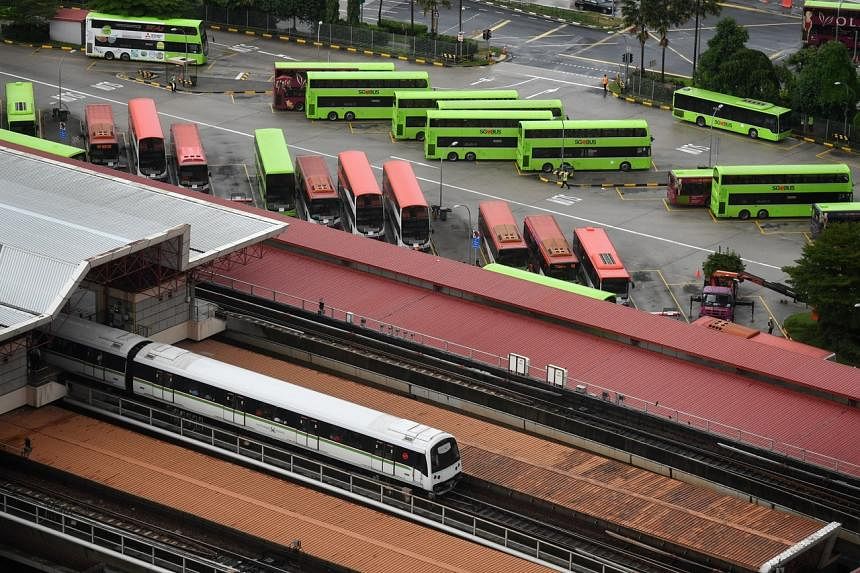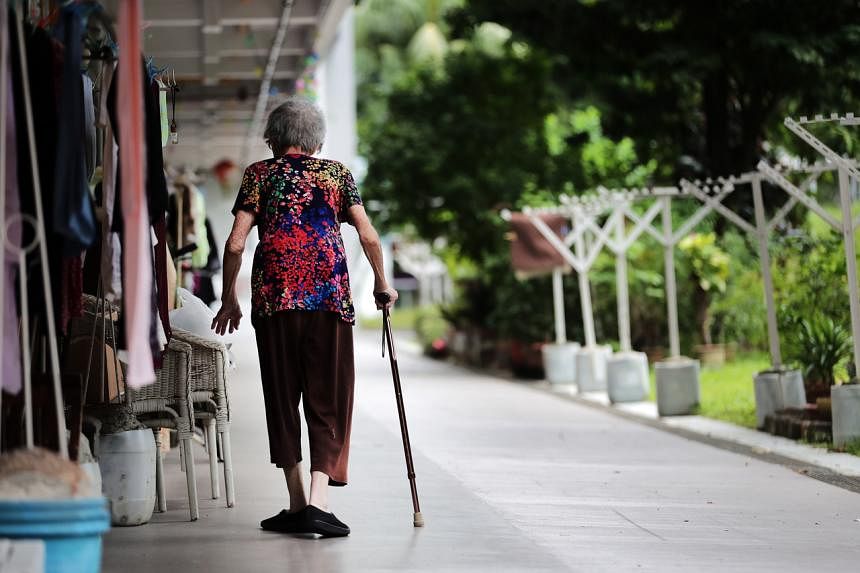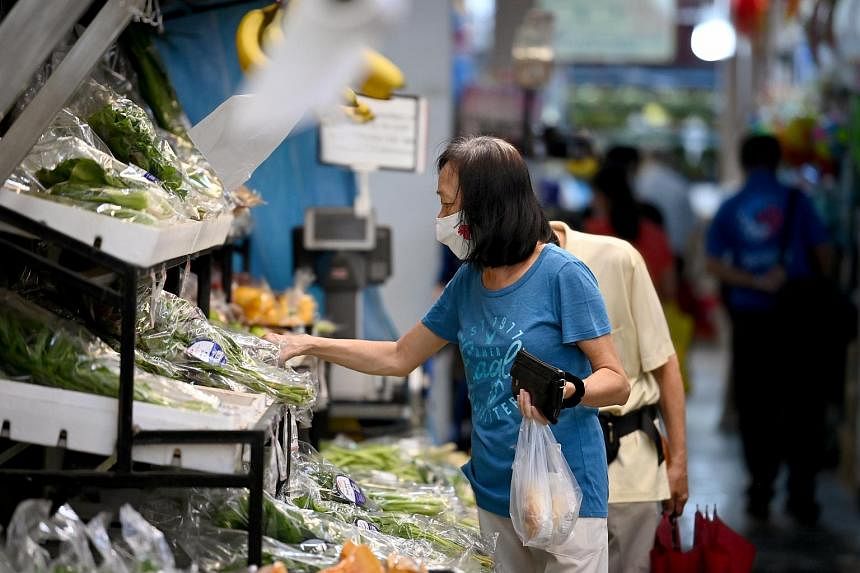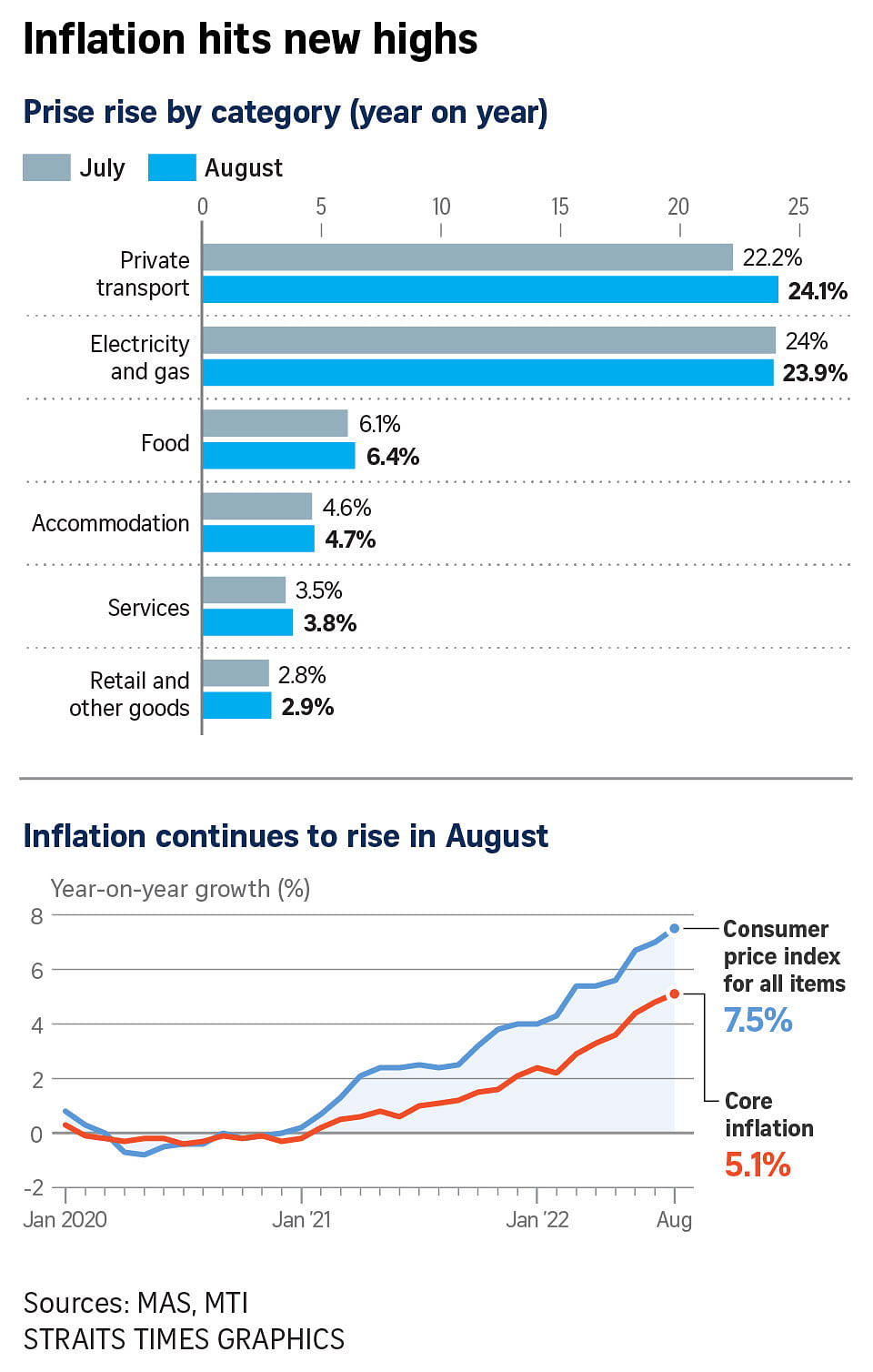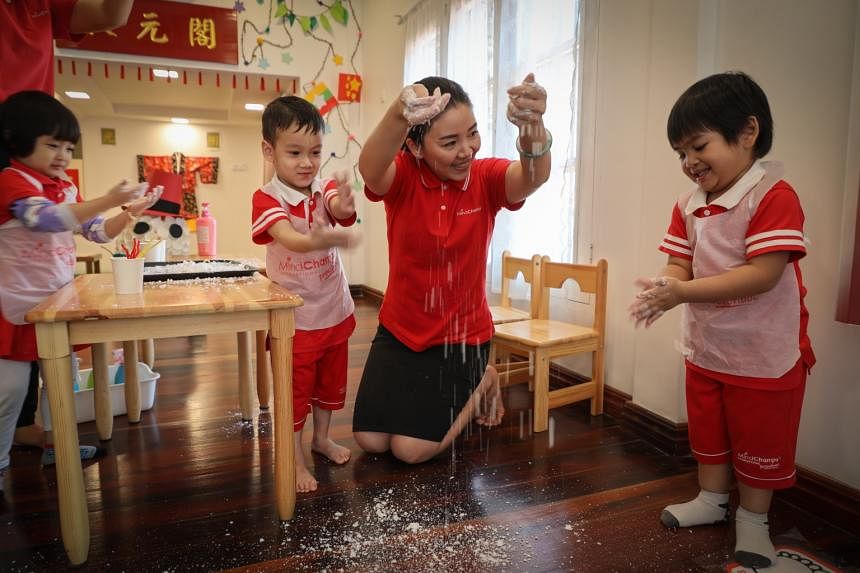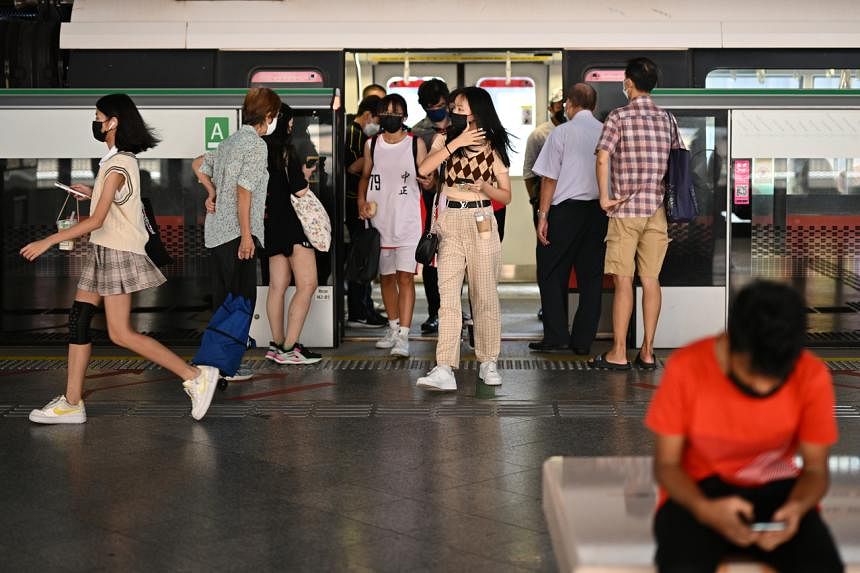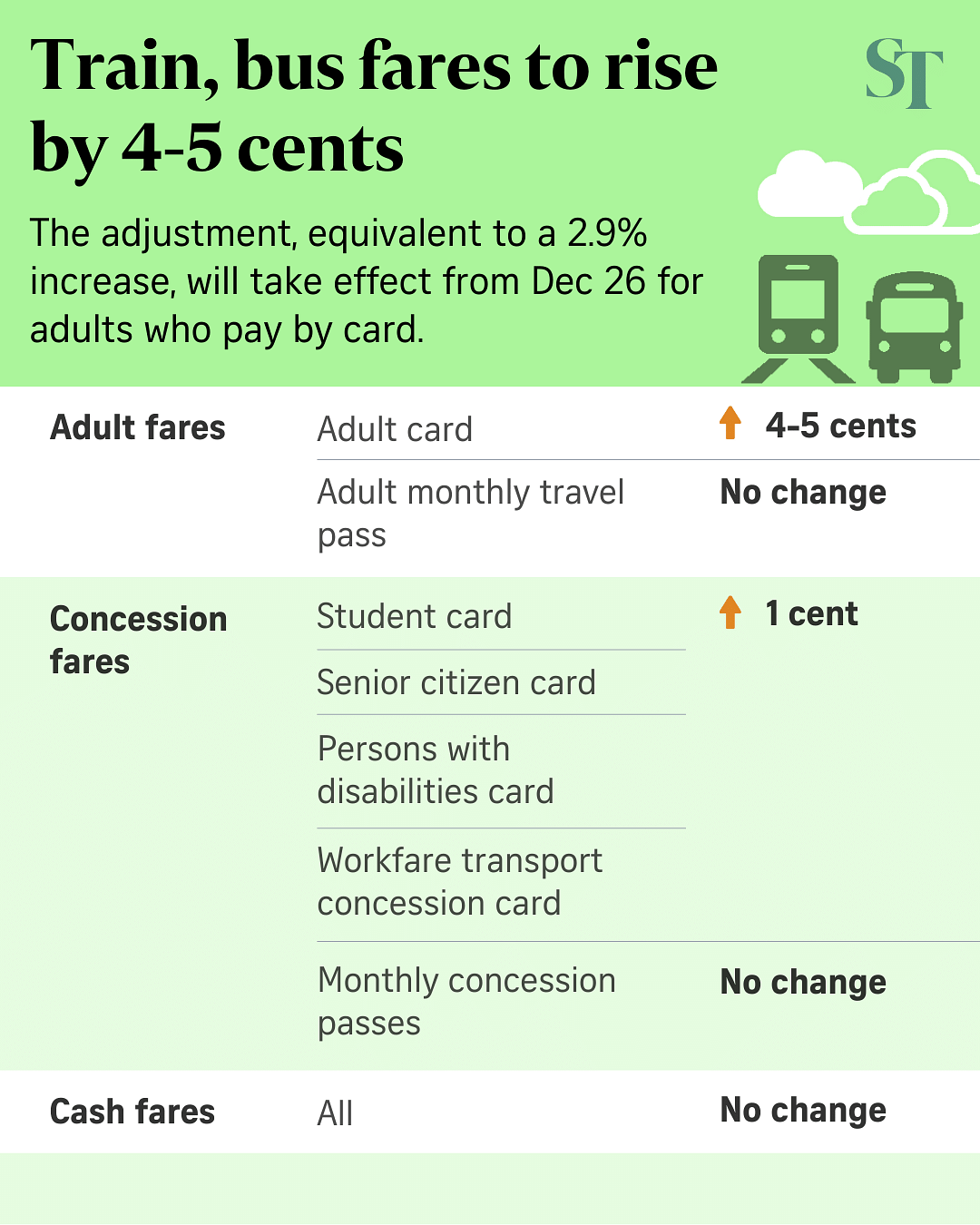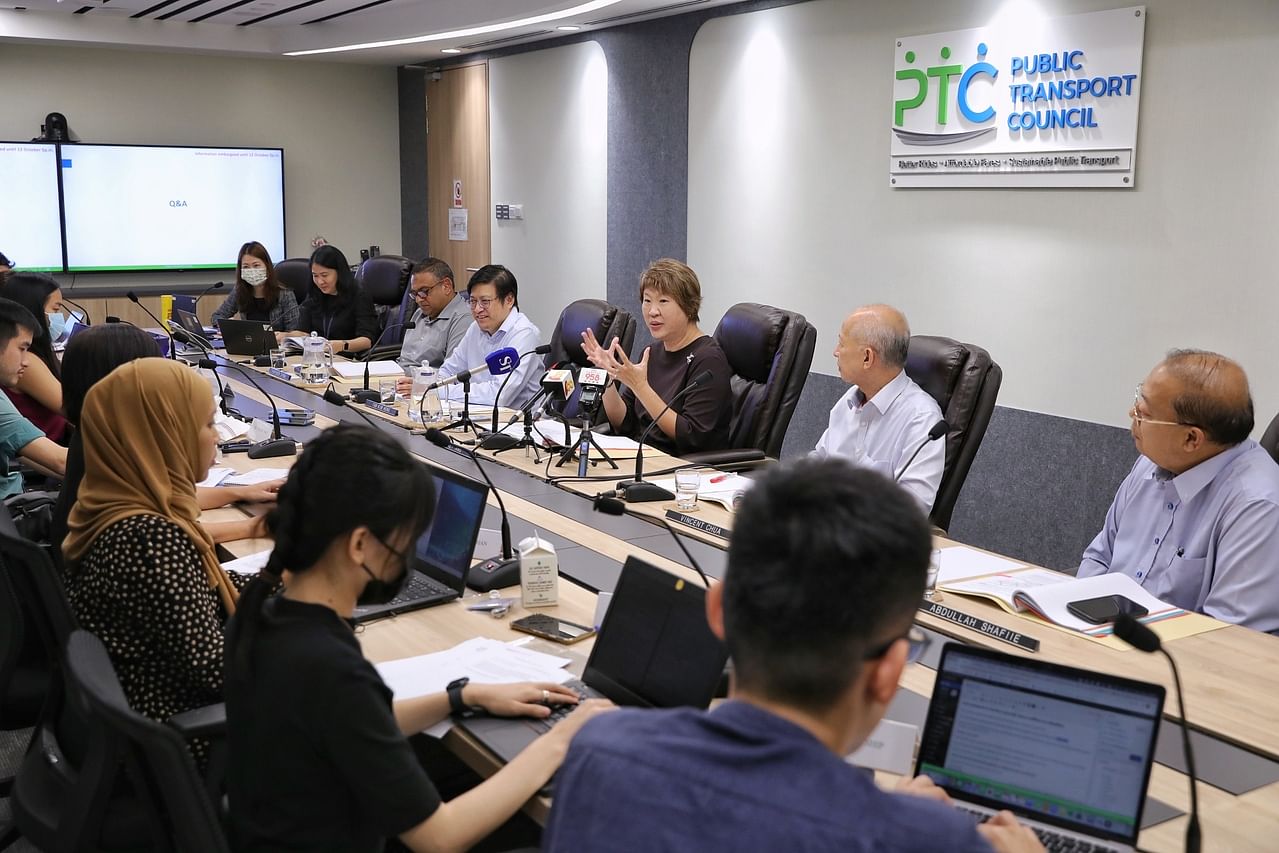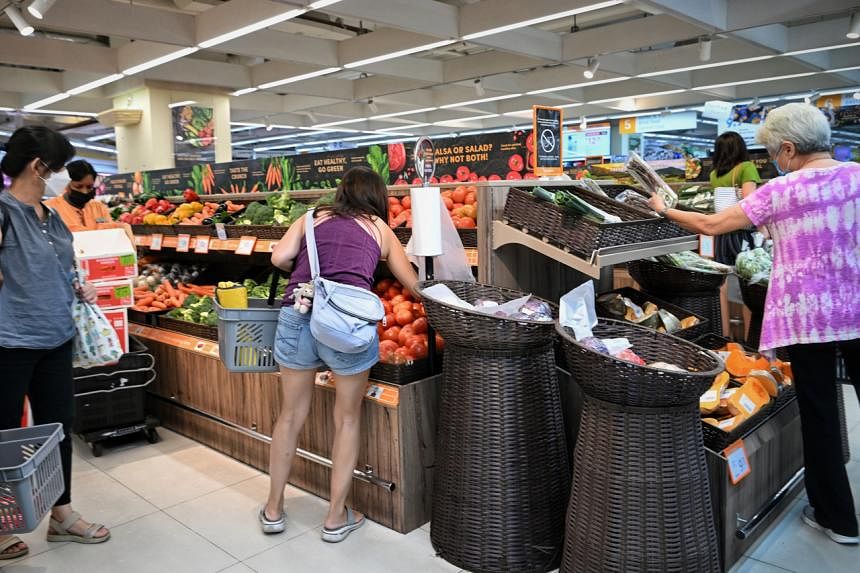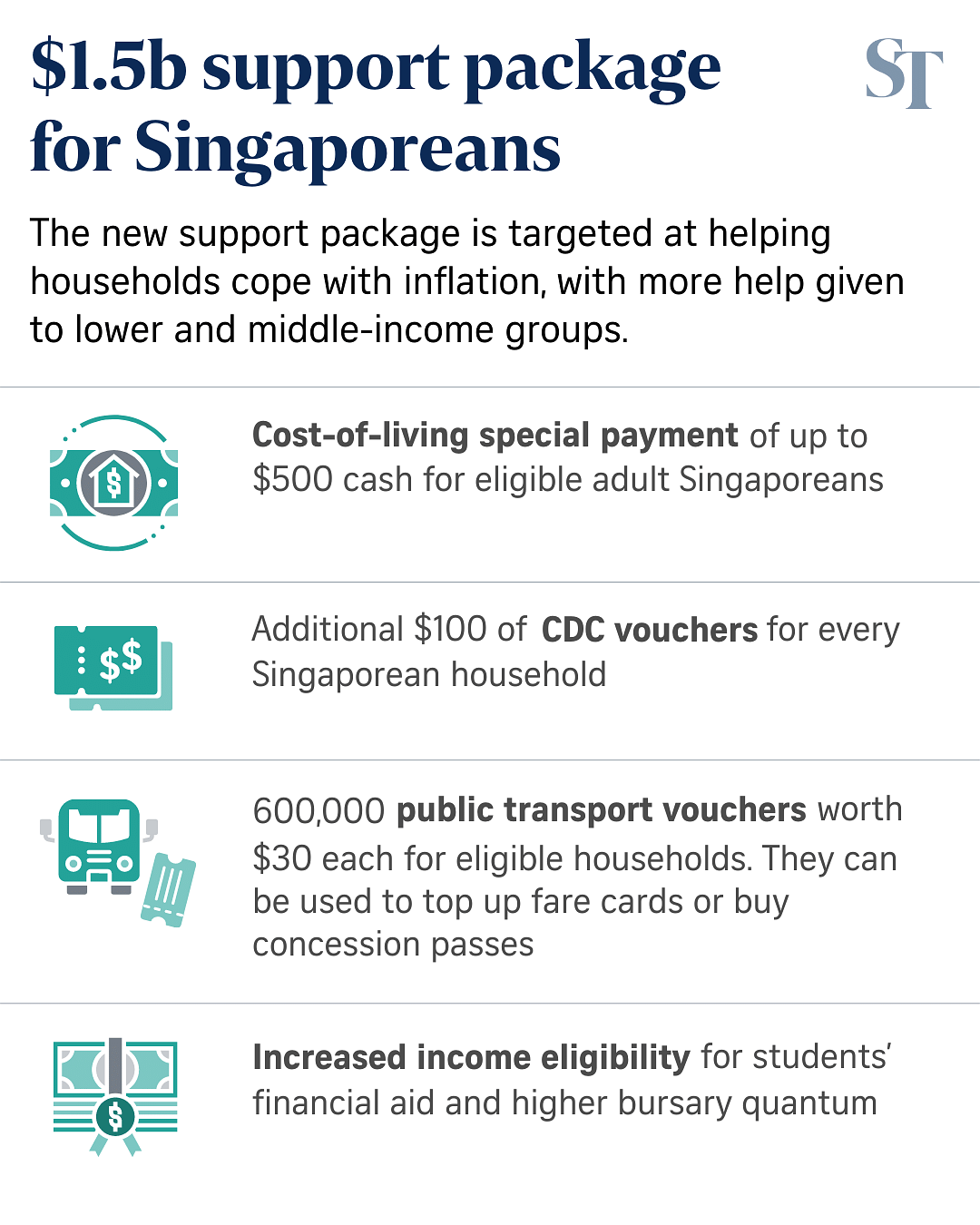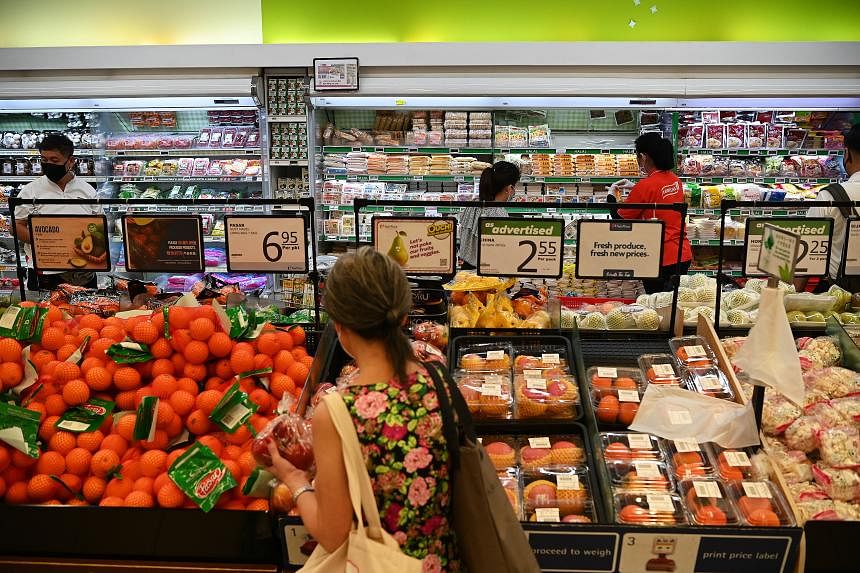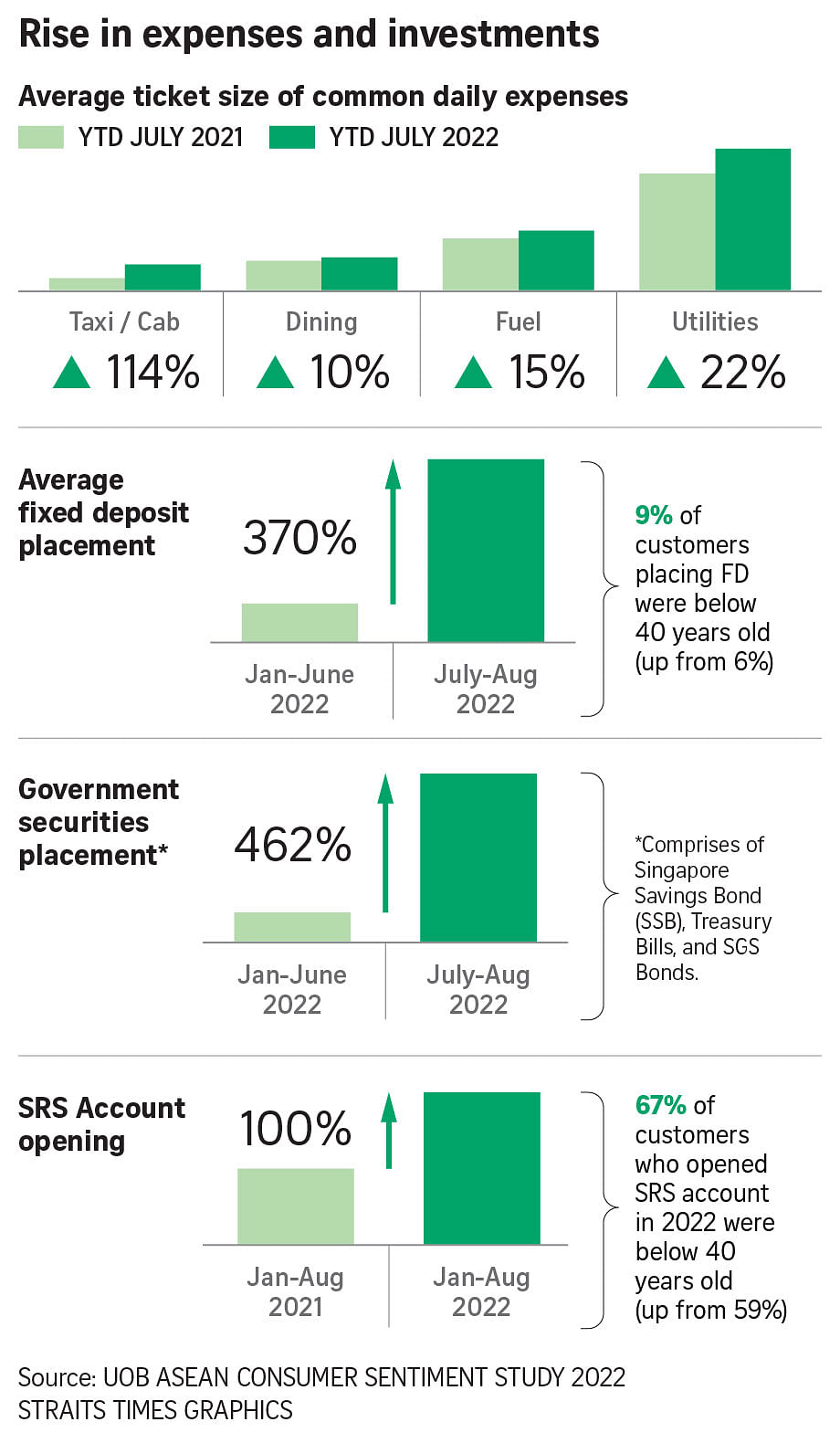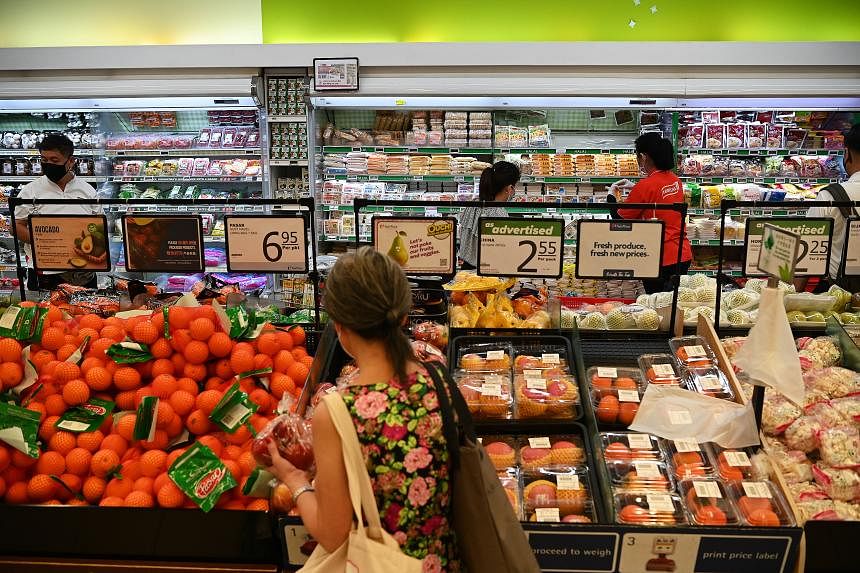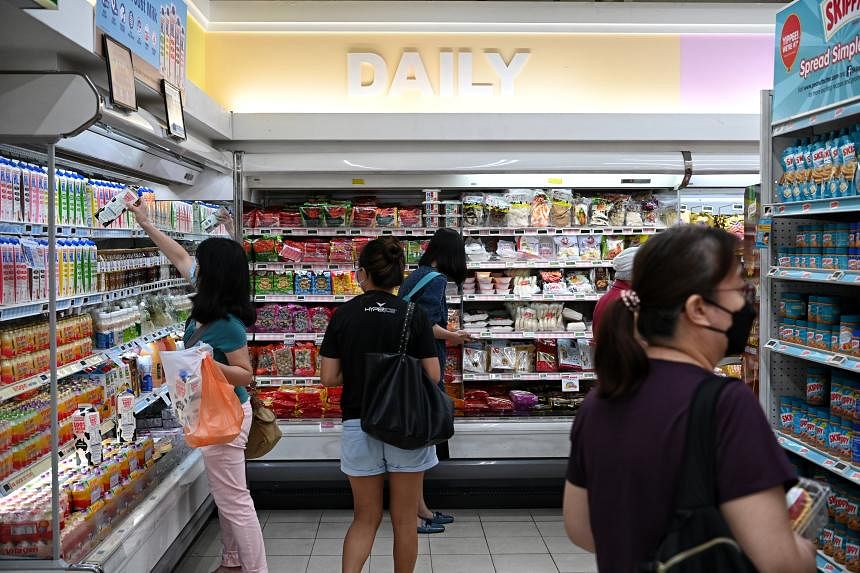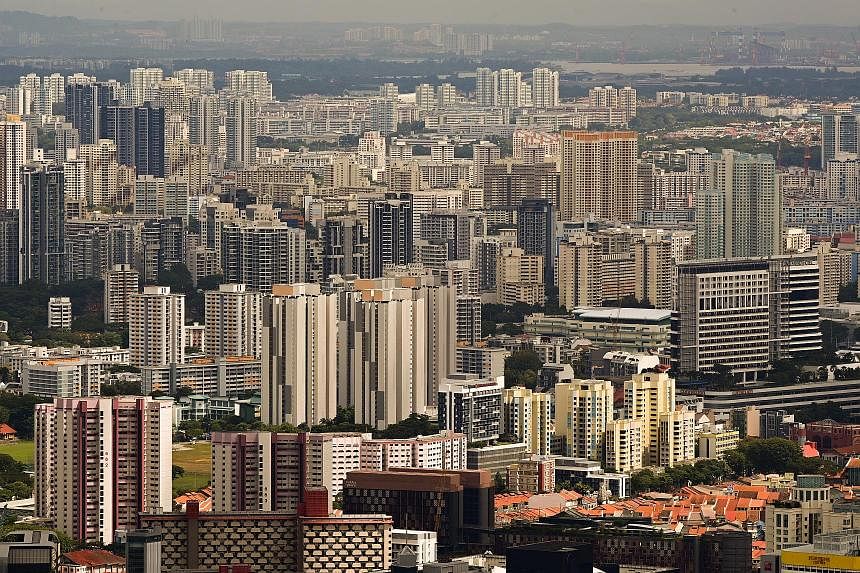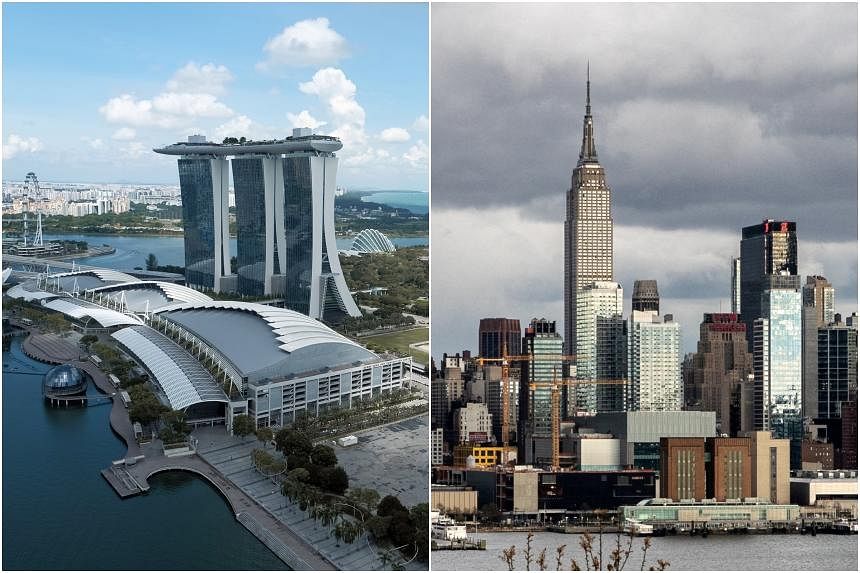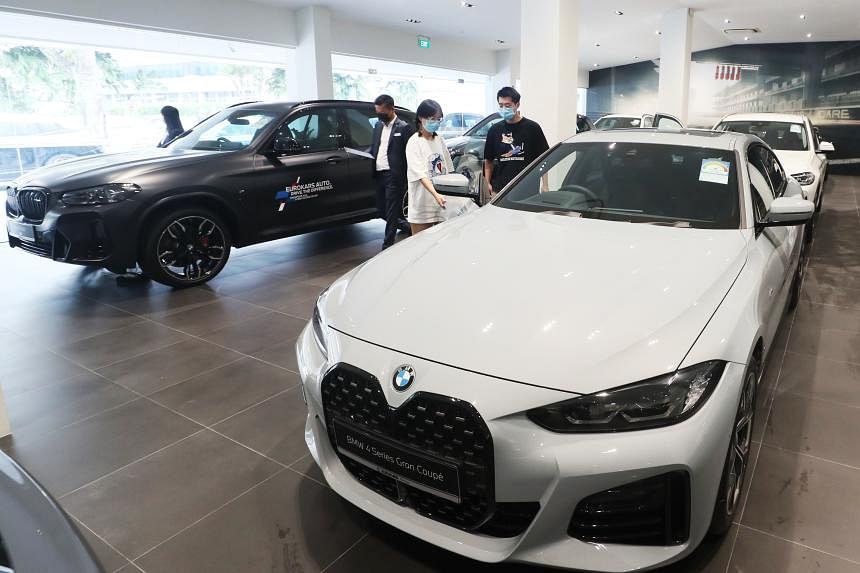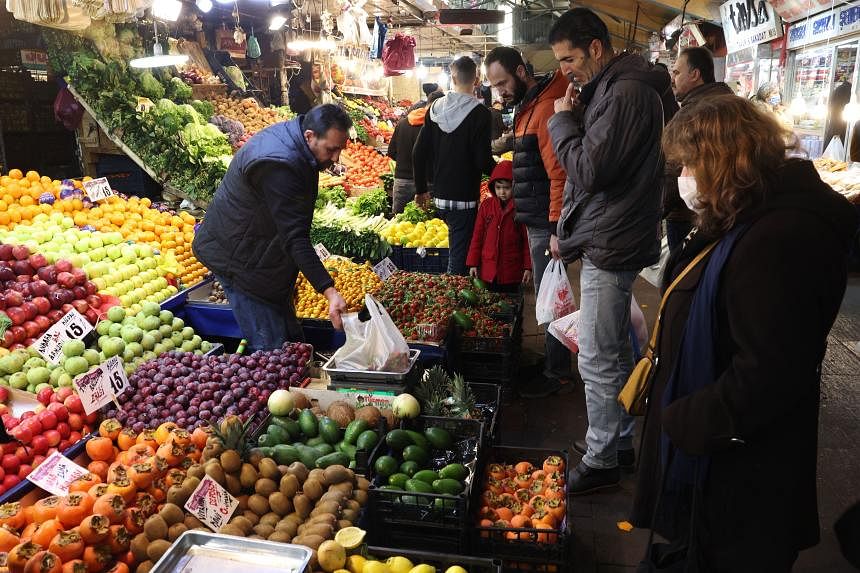- Joined
- Jul 25, 2008
- Messages
- 13,800
- Points
- 113
Grab and Gojek extend fare hike, ComfortDelGro to levy surcharge for rides from Mandai parks

Grab and Gojek said the fee is necessary to provide stability to drivers’ earnings. PHOTO: LIANHE ZAOBAO

Clement Yong
Jul 25, 2022
SINGAPORE - Both Grab and Gojek on Monday (July 25) confirmed they will extend their fare hikes until Dec 31, taking their cue from other taxi companies which announced similar moves last week.
In separate replies to The Straits Times on Monday, the two transport operators said the price of fuel remains unstable, and that the fee is necessary to provide stability to drivers’ earnings.
Both said the hike, called a driver fee, will go fully to the drivers. Grab’s fee is an extra 50 cents for all trips, while Gojek’s is 50 cents for trips less than 10km and 80 cents for those longer.
Gojek’s general manager Lien Choong Luen said: “With costs of living continuing to rise and the macroeconomic situation remaining uncertain, the extension will provide much needed earnings protection and security.”
A Grab spokesman attributed the extension to “ongoing high fuel prices”. “We will continue to monitor the situation,” the spokesman added.
Gojek’s fee was imposed in March and Grab’s in April to help drivers cope with rising pump prices. In May, they were extended to July.
Operators ComfortDelGro, Trans-Cab, Strides Taxi and Prime Taxi have all said their fuel-related fare hikes will continue until December, amid rising demand for taxis and private-hire cars with the relaxation of Covid-19 restrictions.
While pump prices have dipped, sliding three days ago to their lowest in four months, operators have pointed out that prices are still much higher than they were last year, and analysts have said that energy prices will continue to stay up.
Separately, taxi rides from the Singapore Zoo, River Safari and Night Safari from August will cost $3 more, after reports of people having trouble getting taxi rides surfaced.
In a Facebook post on Monday, ComfortDelGro said the surcharge will apply to all trips from the taxi point of the Mandai parks between 4pm and 11.59pm every day, from Aug 1 to Dec 31.
The Straits Times understands that the Mandai parks also have similar arrangements with other taxi operators.
It is a similar move that Changi Airport Group has made for taxi trips starting from the airport, in what could be a new tactic to attract more drivers to far-flung tourist hot spots as travel resumes.
Associate Professor Raymond Ong of the National University of Singapore said it is likely that there could be more of such places with surcharges, especially now that drivers are consciously making a decision about where to pick up passengers.
Drivers want a “passenger trip chain”, where they can pick up one person after another without much waiting. “It seems that this could be a norm. (Right now), there is less incentive for drivers to pick up passengers in places that are out of the way,” he added.

